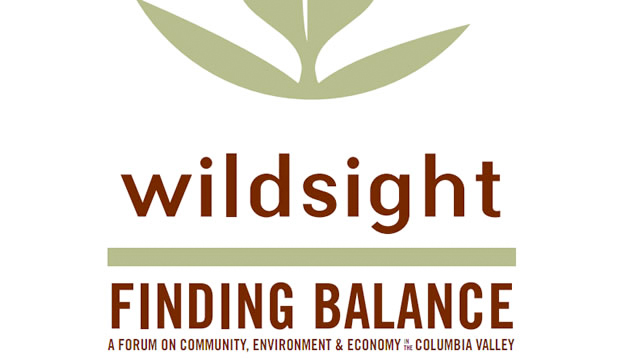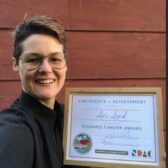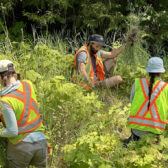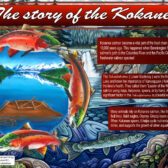New study documents high levels of toxic pollution dangerous to life in Elk Valley
Wildsight, a charitable organization in the East Kootenay that works to maintain biodiversity and healthy human communities in Canada’s Columbia and Rocky Mountains ecoregion, said a new study clearly indicates that the Elk River, in southeast British Columbia, is being poisoned by toxic levels of selenium leaching from open-pit coal mining waste rock.
The high rates of selenium – far in excess of provincial guidelines – have created a crisis for fish and other species in the Elk River.
In an emailed press release, Wildsight said Dr. Ric Hauer of the Flathead Lake Biological Station of the University of Montana issued a March 2, 2013 study comparing water quality in the Elk and neighbouring Flathead River Basins.
Commissioned by Glacier National Park, the study found nitrogen levels at 1,000 times the background rate, sulphate levels at 40-50 times the background rate and selenium levels at 7-10 times background rate.
The researchers tested above and below mines and used the pristine water quality of the nearby Flathead River to determine background levels and ascertain what aquatic life would normally be present in the Elk River were it not so polluted.
“The science is clear: selenium from the mines has polluted the river to levels known to be dangerous to fish,” said Wildsight Executive Director John Bergenske.
“The selenium bio-accumulates and could lead to fish population collapse because it affects reproductive organs in fish. Eating them could also affect human health.”
There are currently five coal mines in the Elk River Valley, adjacent to B.C.’s globally-significant Flathead River Valley.
In addition to the existing mines that are causing toxic pollution, there are four coal mine expansion proposals in the project review stage, one new coal mine proposal and three exploration projects underway.
“There should be a moratorium on new coal mining in the Elk until the far-reaching impacts of existing mines are addressed,” said Sarah Cox, Interim Executive Director for Sierra Club BC.
“Projects like the Line Creek coal mine expansion and proposed Bingay coal mine would only increase toxic pollution in the Elk. We need to take a big step back and look at how this area is managed as a whole.”
Fish are not the only species affected. The pollution from the mines is killing off smaller organisms like caddis flies, a vital part of the food chain.
The Hauer study states that “ all coal mining sites had increased nitrogen loading, increased sulfate loading, increased selenium loading, higher algal production as a result of increased nitrogen loading, and a decrease in macroinvertebrate diversity and abundance particularly of species sensitive to pollution.”
“We need a comprehensive long-term plan that reconciles the region’s world-class wildlife and wilderness values with its coal resources,” added Wendy Francis, Program Director for Yellowstone to Yukon Conservation Initiative.
“The plan should ensure protection of human health, wilderness recreation, international fisheries, water quality and core habitat values, as well as wildlife connectivity from the Flathead River Valley to Banff National Park.”
“These levels of selenium are toxic and known to cause deformities in fish and other species,” said Peter Wood, CPAWS-BC Terrestrial Campaigns Director. “Clearly we are far from striking the right balance between resource development and the need to maintain the health of these ecosystems.”
Wildsight, Sierra Club BC, CPAWS-BC and the Yellowstone to Yukon Conservation Initiative are urging the B.C. government to agree to a National Park in the southeastern one-third of the Flathead, to fill in the missing piece of the adjacent Waterton-Glacier International Peace Park, a World Heritage Site and two UNESCO Biosphere Reserves.
The groups are also calling for a Wildlife Management Area in the rest of the Flathead and adjoining habitat, which includes part of the Elk.

























